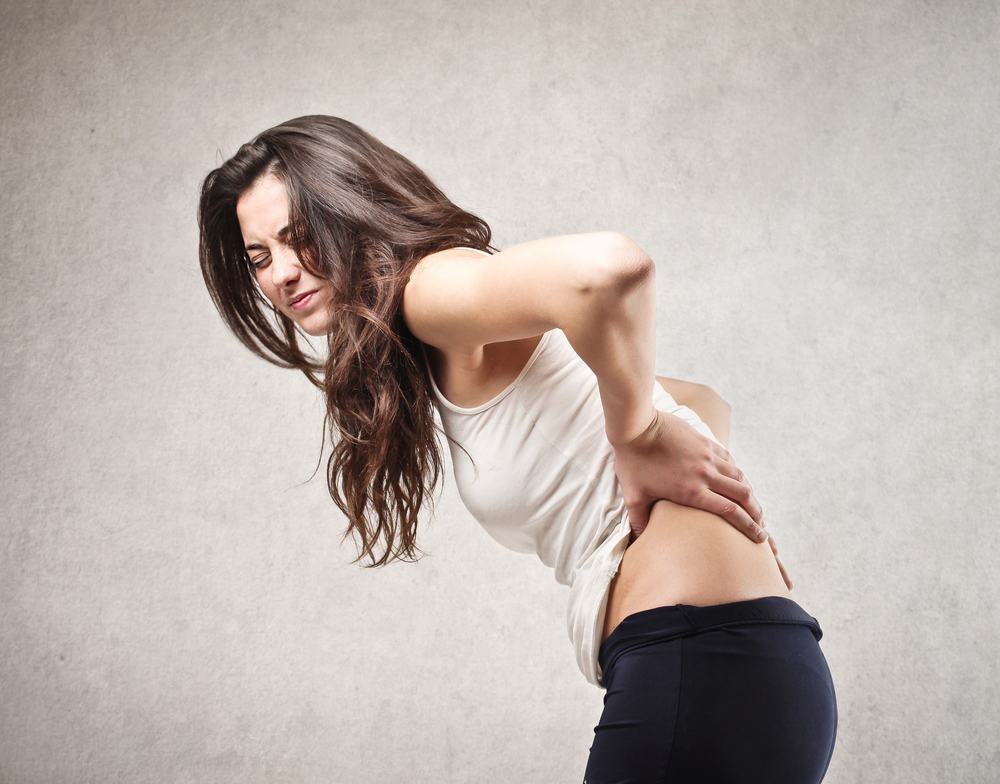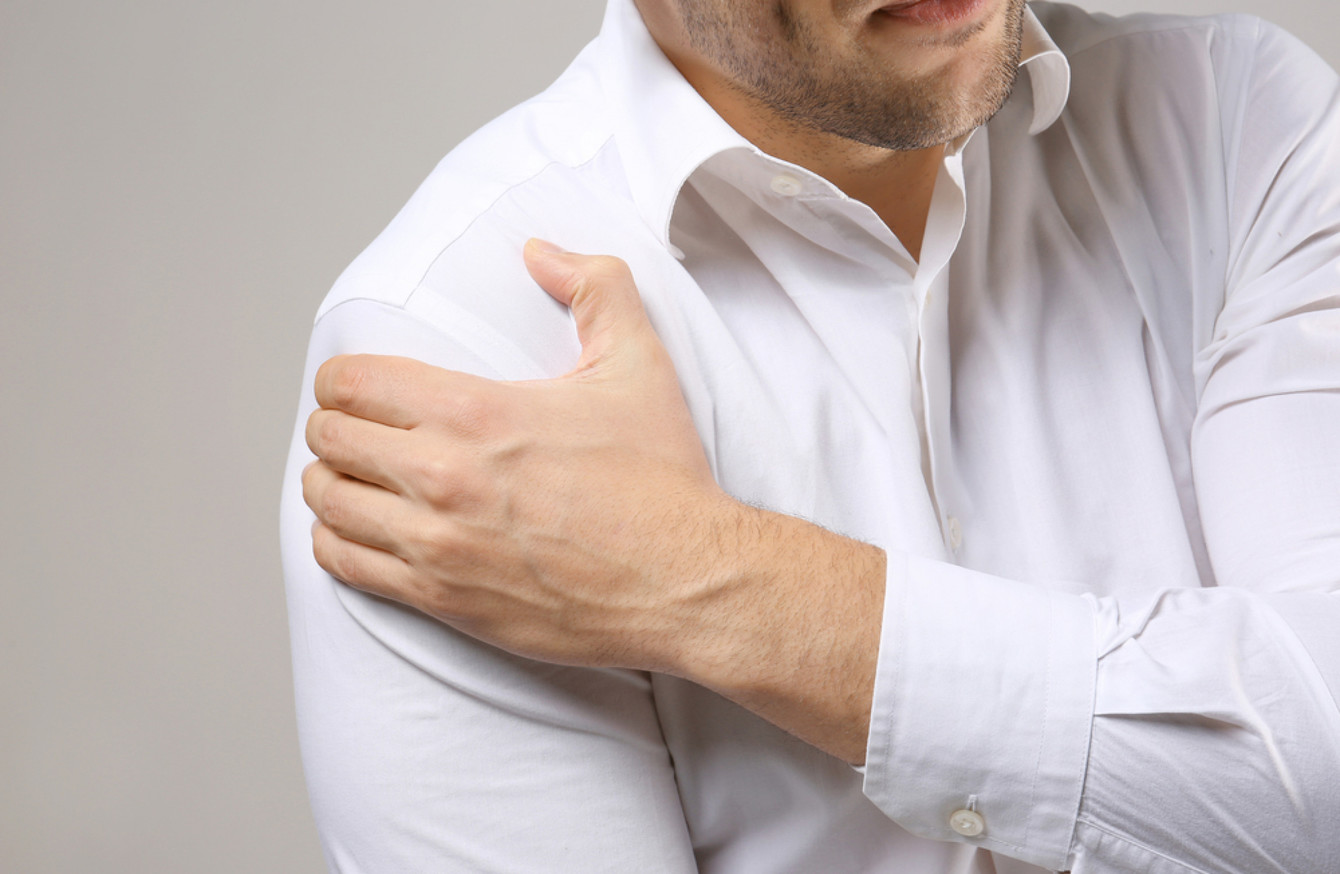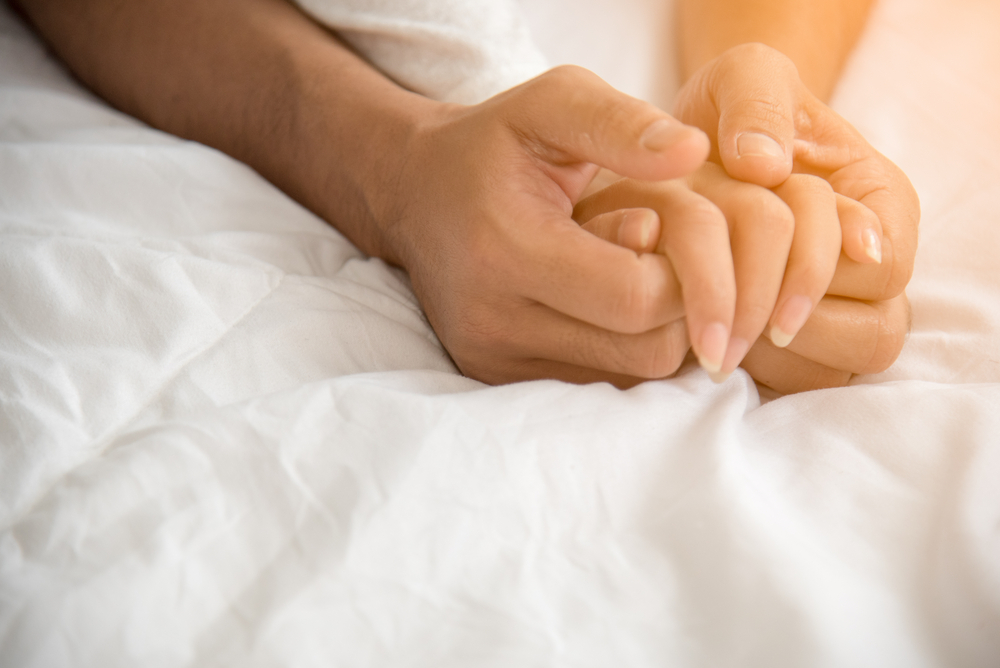Contents:
- Medical Video: Risk Factors And Medications For Osteoporosis - Manipal Hospitals
- Risk factors for osteoporosis that cannot be controlled
- Osteoporosis risk factors that can be managed
- Treatment for osteoporosis
Medical Video: Risk Factors And Medications For Osteoporosis - Manipal Hospitals
You might be worried about osteoporosis. If your doctor says that you have a high risk of osteoporosis, it indicates that you may have one or more risk factors. You can prevent or manage your osteoporosis with risk management.
Osteoporosis is a disease that causes your bones to become weak and brittle. This occurs when damage to bone tissue occurs faster than the production of new bone cells. Most people do not know that they have osteoporosis until they realize a reduction in height or until their bones break.
In the early stages, you might not know if you have osteoporosis because there are no physical signs of the condition. But after the bones become weak, you may be aware of:
- back pain, which is caused by a fractured spine
- reduced height over time
- bent body posture
- the occurrence of a fracture even as a result of a small impact
People with risk factors are more likely to experience osteoporosis. There are factors that cannot be controlled and the factors that you can control. Doing good prevention can reduce your risk of osteoporosis and avoid developing your condition to an advanced level if you already have it.
Risk factors for osteoporosis that cannot be controlled
Age
If you are over 50 you are at high risk. At around 30 years old, your body will achieve what is called the "peak mass" of bone density. Since then, new bone production has slowed, while old bones continue to decline. At some point, the speed of bone decay will exceed the speed of new bone production.
Gender
Women have a higher risk of osteoporosis than men. The International Osteoporosis Foundation estimates that osteoporosis affects around 200 million women worldwide. Even at the age of 20, women begin to lose their bone mass. Between the ages of 20 and 80, women can lose about one third of their bone density. When compared to men, they only lost a quarter of their bone density. Women over 50 will experience menopause. This causes a lack of estrogen which can contribute to weakening of the bones.
Race
Asian ethnicity has a smaller body frame and smaller bones compared to other ethnic groups. This makes their bone mass lower than the average in the whole world. Asian women tend to consume less calcium in their diets. This means lack of milk, cheese and other calcium-rich dairy products.
Family history
Having a family member with osteoporosis can increase your risk. Recent research has tried to identify certain genes that have caused the study to find that each genetic variant is a small increase in the risk of osteoporosis.
Natural body shape
Having a low body weight or a small and thin body shape usually indicates you have less bone mass than others. This also means that you tend to lose bone mass faster than others.
Accident
Broken bones can cause the body to lose calcium and cause a decrease in height.
Osteoporosis risk factors that can be managed
Dietary habit
The easiest way to give calcium and vitamin D to the body is to eat healthy food. Not getting enough calcium and vitamin D, not eating enough fruits and vegetables, or consuming too much protein, sodium and caffeine can cause calcium deficiency.
Sports routine
Not enough exercise or inactivity will increase your risk for osteoporosis.
Smoking and alcohol
Smoking and alcohol have a direct effect on your health. In a survey among smokers and non-smokers, compared with those who never smoked, smokers reported experiencing incidents of pain around 50% higher. For alcohol users, research has shown that alcohol can cause muscle cramps and thin skeletons in many people.
Weight
The more your weight, the more weight is placed on the joints and bones. Obesity can cause several musculoskeletal disorders such as osteoarthritis, low back pain, gout, and fibromyalgia.
Office workers
When you spend most of your time sitting, you increase your risk of osteoporosis. Sitting does not only make you less active but also causes poor posture and back problems. You can control it by doing activities that improve bone balance and strengthening.
Use of steroids
Long-term use of corticosteroids can interfere with the process of rebuilding bones. You can talk to your doctor to find alternative treatments for your condition.
Treatment for osteoporosis
Your treatment depends on your risk of getting a fracture in the next 10 years. This information is collected from your bone density test. If your risk is low, your doctor will advise you to focus on lifestyle changes and risk control. This includes:
- Do not smoke.
- Avoid drinking excessive alcohol.
- Active: Some sports you can do walking, swimming.
- Prevent from falling. Make sure your home and workplace are safe. Place the carpet in a place where you might fall. You can also wear low heels with non-slip soles.
- Maintain a healthy weight. Make sure you are not overweight or obese. This can cause stress to the bones and make you more vulnerable to injury.
- Maintain a healthy diet with calcium and vitamin D. Your diet should include essential nutrients to make strong bones. This will help reduce the risk for fractures.
When the risk of your bone injury is higher, doctors will recommend several drugs to prevent bone loss and treat osteoporosis. This drug is called a class bisphosphonate called. These drugs include:
- Alendronate (Fosamax ®)
- Risedronate (Actonel ®, Atelvia ®)
- Ibandronate (Boniva ®)
- Asamzoledronic (Reclast ®)
This drug can cause several side effects such as nausea, abdominal pain, difficulty swallowing, and inflammation of the esophagus or esophageal ulcer. These side effects tend to rarely occur when the drug is used correctly. This medicine is taken first time in the morning on an empty stomach with only a glass of water. You should avoid lying for at least 30 minutes to avoid irritation in the esophagus. Please discuss with your doctor for the right dose.












